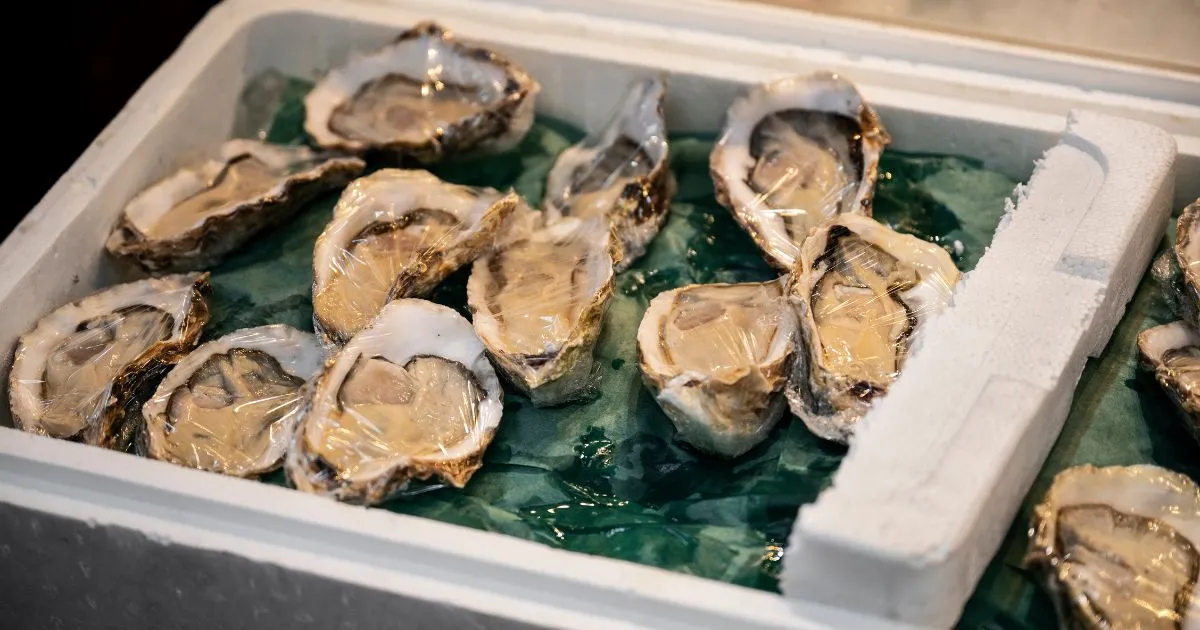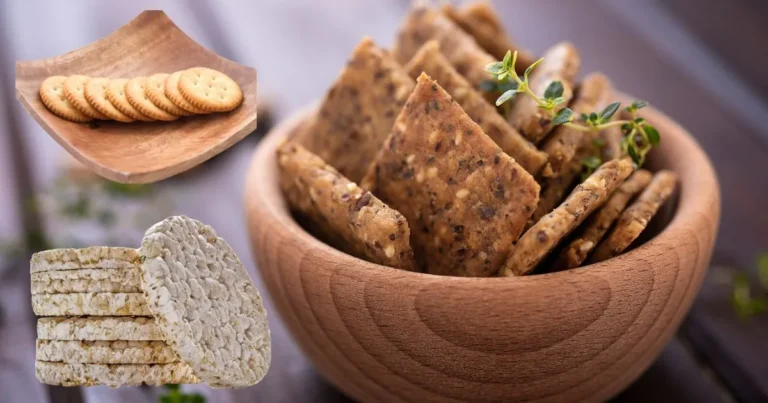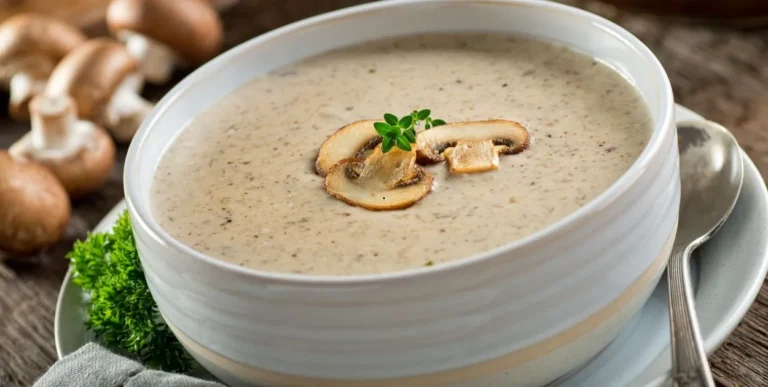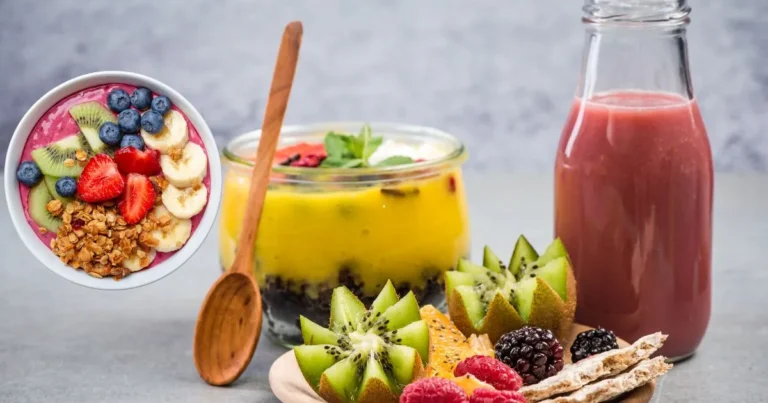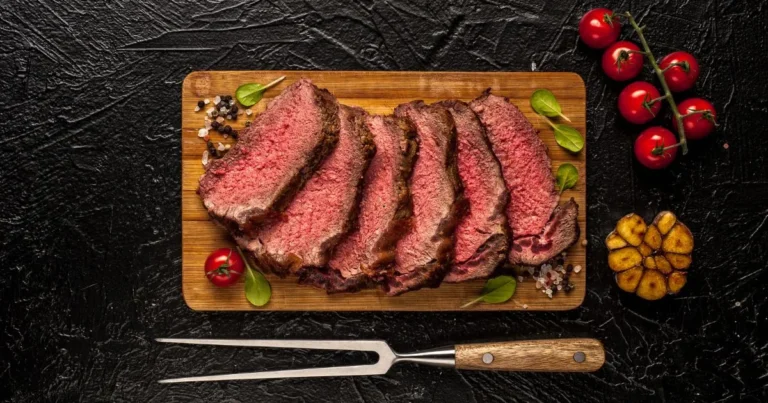How to Preserve Oysters the Right Way (And How Long They Stay Safe)” in 2025
Table of Contents
If you’ve ever opened your fridge to the disappointing sight (and smell) of spoiled oysters, you’re not alone. Maybe you had plans for a seafood dinner, or you splurged at the market only to toss half your oysters the next day. It’s frustrating—and wasteful. But here’s the good news: preserving oysters properly isn’t complicated. With a few simple techniques, you can keep your oysters fresh, safe, and delicious for days.
In this complete guide, you’ll learn how to preserve oysters the right way, how long they last depending on storage method, and which warning signs to watch for. Whether you’re dealing with live oysters in the shell or shucked oysters in a container, this is the only oyster storage guide you’ll ever need.
Why Proper Oyster Storage Matters How to Preserve Oysters
Health Risks of Spoiled Oysters
Oysters are filter feeders, which means they can harbor harmful bacteria if not stored properly. Vibrio, norovirus, and other contaminants are no joke. Eating spoiled oysters can lead to severe food poisoning, including nausea, vomiting, and even hospitalization.
- Vibrio vulnificus can thrive in warm conditions
- Bad oysters often have an off smell, cloudy liquid, or gaping shells
- According to the CDC, thousands of foodborne illnesses each year are linked to shellfish
- https://www.youtube.com/shorts/QENM9NNGqf0
Taste and Texture Are at Stake Too
Spoiled oysters don’t just pose health risks—they ruin your culinary plans. Improper storage affects the texture (think rubbery or slimy) and kills the briny, ocean-fresh flavor that makes oysters special.
How to Preserve Oysters in the Refrigerator (Step-by-Step)
Live Oysters in the Shell
If you’ve bought live oysters in the shell, your fridge is the best short-term storage option. But they need to breathe and stay cool. How to Preserve Oysters
Here’s how to do it right:
- Keep oysters in a bowl or container with the cupped side down
- Cover them with a damp towel, not plastic wrap
- Store at a temperature between 33°F and 39°F (1°C to 4°C)
- Never seal them in an airtight container or submerge in water
Pro Tips:
- Arrange them in a single layer to avoid crushing
- Use a thermometer to monitor fridge temperature
- Keep away from strong-smelling foods
Shucked Oysters (Raw Meats)
Already removed from their shells, shucked oysters need more care.
Preserve them by:
- Storing in a sealed container with their own liquor (if available)
- Keeping them in the coldest part of your fridge
- Using within 2–3 days
These should never smell fishy. If they do, it’s a red flag.
How Long Do Oysters Last on Ice?
Live Oysters on Ice
Yes, you can keep live oysters on ice, but there’s a method to it.
- Lay oysters cupped side down on a bed of ice
- Drain melted ice daily to avoid freshwater exposure
- Use a cooler with drainage holes if possible
- Good for up to 2 days
Shucked Oysters on Ice How to Preserve Oysters
Shucked oysters can sit on ice too, as long as you keep them in a leak-proof container.
- Limit to 1–2 days max
- Ensure ice doesn’t get into the oyster meat
- Replenish ice frequently
Quick Reference Table
| Storage Method | Type of Oyster | Safe Duration | Notes |
|---|---|---|---|
| Fridge (in shell) | Live | 5–7 days | Damp towel, no plastic wrap |
| Fridge (shucked) | Raw meat | 2–3 days | Sealed container + liquor |
| On ice (live) | In shell | Up to 2 days | Keep dry, drain melted water |
| On ice (shucked) | Raw meat | 1–2 days | Keep container sealed |
| Freezer | Shucked (frozen) | Up to 3 months | Use in cooked dishes only |
Can You Freeze Oysters? What You Need to Know
Freezing is an option, especially if you want to extend the shelf life of shucked oysters. How to Preserve Oysters
Freezing Raw vs. Cooked Oysters
- Raw oysters: Place in a freezer-safe container with liquor
- Cooked oysters: Better for soups, stews, casseroles
- Avoid freezing in the shell as the texture deteriorates
How Freezing Affects Taste and Texture
- Slightly rubbery when thawed
- Not ideal for eating raw afterward
- Perfect for cooked applications
To thaw, move them to the fridge overnight. Never thaw oysters at room temperature.
Bonus – Simple Preserved Oyster Recipe (Pickled Oysters)
Want to go gourmet? Try pickling your oysters.
Quick Pickled Oysters Recipe
Ingredients Table
| Ingredient | Quantity |
| Shucked oysters | 12–16 |
| White vinegar | 1 cup |
| Water | 1/2 cup |
| Sugar | 1 tbsp |
| Salt | 1 tsp |
| Mustard seeds | 1 tsp |
| Bay leaf | 1 |
| Garlic (sliced) | 2 cloves |
Instructions:
- Rinse and drain oysters
- Combine vinegar, water, sugar, salt, and spices
- Bring to boil, then simmer for 5 minutes
- Add oysters and simmer for 3 minutes
- Cool and pour into sterilized jar
- Refrigerate and consume within a week
Signs Your Oysters Are No Longer Safe to Eat How to Preserve Oysters
Red Flags to Watch
- Open shells that don’t close when tapped = dead oyster
- Sour or fishy smell
- Cloudy oyster liquor
- Slimy or mushy texture
Rule of Thumb
When in doubt, throw it out. It’s not worth the risk. Always trust your senses—sight, smell, and touch.
❓ FAQ – How to Preserve Oysters
How long do oysters keep in the fridge?
Live oysters last up to 7 days if stored correctly with a damp towel. Shucked oysters should be used within 2–3 days.
Can you freeze oysters?
Yes, especially shucked oysters. Freeze them with their liquor in a sealed container. Use within 3 months.
What’s the best way to store live oysters?
Keep them in a bowl with a damp towel in the coldest part of the fridge. Never submerge them in water or cover them with plastic.
How long do oysters last on ice?
Live oysters last up to 2 days on properly drained ice. Shucked oysters last 1–2 days if kept cold and sealed.
Can I eat oysters that opened in the fridge?
If they don’t close when tapped, discard them. They’re likely dead and unsafe to eat.
Conclusion: Keep Your Oysters Fresh and Your Meals Safe
You now know exactly how to preserve oysters the right way. Whether you’re storing them in the fridge, on ice, or in the freezer, the key is maintaining the right temperature and environment. Don’t gamble with your health or your dinner plans—follow the guidelines in this guide to get the best flavor and safety out of your oysters.
Ready to try preserving your own oysters? Bookmark this guide, and share it with fellow seafood lovers. And if you’ve got your own tips or questions, drop them in the comments below. Let’s keep the conversation (and the oysters) fresh!

